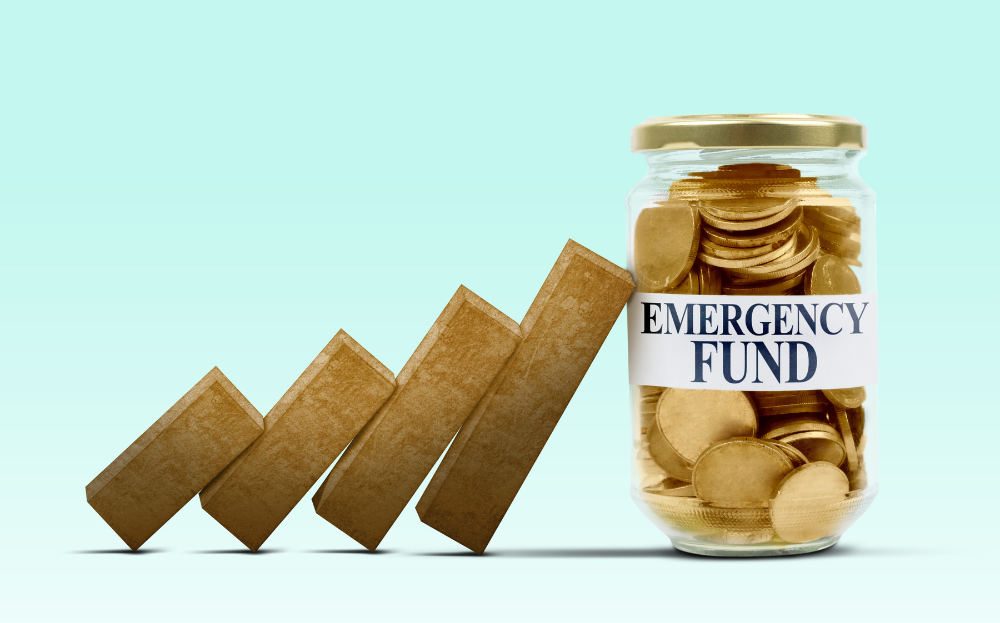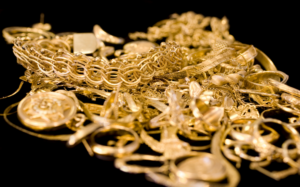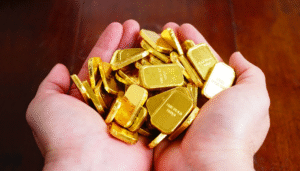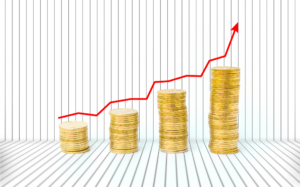Having an emergency fund is an important foundation in personal finance management. However, what if the emergency fund has already been used? A situation like this can make anyone feel panicked and disoriented.
In fact, events such as sudden illness, job loss, or natural disasters can come without warning and force us to use our hard-earned emergency fund.
The question is, if the emergency fund is fully utilized, what should we do? Do we have to start from scratch again? Or is there a smart way to restore it without disturbing other finances?
This article will help you understand the steps that can be taken calmly and purposefully when the emergency fund has been fully utilized.
1. Honestly Evaluate the Use of Emergency Funds
The first step if the emergency fund has been used is to evaluate it. Review what the funds were used for. Is it really used for urgent needs or is it mostly used for expenses that can actually be postponed?
By doing this evaluation, you will get an idea of how the emergency fund was managed in the past. If indeed all funds are used for emergency situations, then you have carried out the function well. But if there is an inappropriate use, it can be a lesson for the future.
This evaluation is also important as a material for introspection in making emergency fund return plans. By knowing where the money has gone, you will be wiser in developing a replacement strategy without repeating the same mistakes.
2. Immediately Design an Emergency Fund Return Strategy
If the emergency fund has been used, then the next step is to strategize the return as soon as possible. Don’t delay too long because no one can predict when the next disaster will come.
Determine a realistic monthly amount to be set aside to restore the emergency fund. It doesn’t need to be too big as long as it is done consistently. Set aside a portion of your regular income, even if it is only five to ten percent each month.
In addition, consider reducing non-essential expenses in the short term, such as postponing shopping for tertiary items or reducing the frequency of eating out. With these small steps, you will more quickly restore the emergency financial reserves that were depleted.
Also Read: 6 Effective and Realistic Ways to Collect Emergency Funds
3. Increase Income to Accelerate Recovery
One effective solution if the emergency fund has been used is to increase income. This can be done through additional work, selling unused items, or utilizing skills for side services.
You can offer your skills such as graphic design, article writing, translation, and cooking. The income from these activities can be focused specifically on refilling the emergency fund so that it does not interfere with daily needs.
This step may feel tiring at first, but the results will be felt once the emergency fund is stable again. You will also feel calmer and more confident facing the future knowing that you have financial reserves again.
4. Keep Emergency Fund in the Right Place
If your emergency fund has been used up and you are starting to rebuild it, it is important to choose a safe yet liquid place to store it. One common mistake is to store emergency funds in long-term investments that are difficult to withdraw quickly.
Ideally, emergency funds should be kept in a separate account, e-wallet, or investment instrument that is easily accessible and does not fluctuate.
Do not keep your emergency fund in the same place as your daily spending account. Separate the two so that you are not tempted to use it without a truly urgent reason.
If the emergency fund has been used, it does not mean that you have failed to manage your finances. Instead, it indicates that you have saved yourself from a bigger debt burden or financial chaos. What matters now is how you get up and start again.
You can consider saving your emergency fund in digital gold at Treasury. With a nominal starting from Rp5,000, you can save in a way that is safe, flexible, and ready to be withdrawn at any time.











